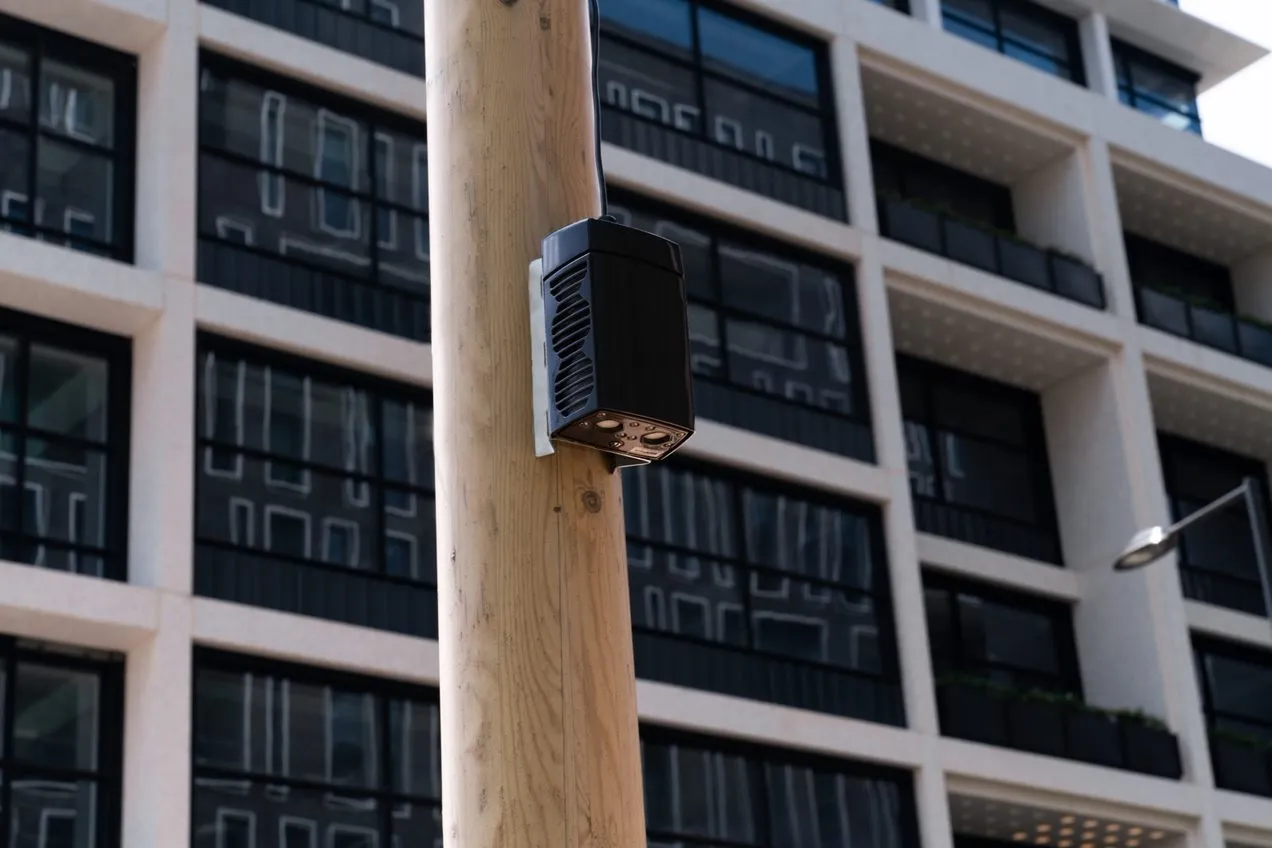Traffic Technology Ltd. has revealed its involvement over the last three years with Transport for London (TfL) in developing and deploying monitoring systems for the London Olympics 2012 games walking and cycling routes. The company supplied its Eco Multi pedestrian and cycle monitoring systems which have been installed in four locations on the eight designated ‘2012 Games Walking & Cycling Routes’. Traffic Technology says the unique ‘click and lock’ modular system of the Eco Multi enables several units to
September 3, 2012
Read time: 2 mins
Traffic Technology Ltd. has revealed its involvement over the last three years with 1466 Transport for London (TfL) in developing and deploying monitoring systems for the London Olympics 2012 games walking and cycling routes.
The company supplied its Eco Multi pedestrian and cycle monitoring systems which have been installed in four locations on the eight designated ‘2012 Games Walking & Cycling Routes’.561 Traffic Technology says the unique ‘click and lock’ modular system of the Eco Multi enables several units to be combined together to provide a multi-directional, multi-count site, counting mixed traffic either separately or simultaneously. The device contains two sensors – one specially designed to capture the unique magnetic signature generated by cycles and the other to monitor pedestrians, for accurate differentiation between the two. Data from the counters is transmitted via a Bluetooth or GSM connection directly to the online data management software, Eco Visio.
As the schemes were being developed and implemented, TfL undertook regular quantitative and qualitative surveys. The counters will now be used to monitor the long term effects of the route improvements on pedestrian and cycle usage. The data has been made available to the boroughs and will also feed into TfL’s London-wide network of count data which, amongst other things, is used to inform policy decisions.
The company supplied its Eco Multi pedestrian and cycle monitoring systems which have been installed in four locations on the eight designated ‘2012 Games Walking & Cycling Routes’.
As the schemes were being developed and implemented, TfL undertook regular quantitative and qualitative surveys. The counters will now be used to monitor the long term effects of the route improvements on pedestrian and cycle usage. The data has been made available to the boroughs and will also feed into TfL’s London-wide network of count data which, amongst other things, is used to inform policy decisions.










